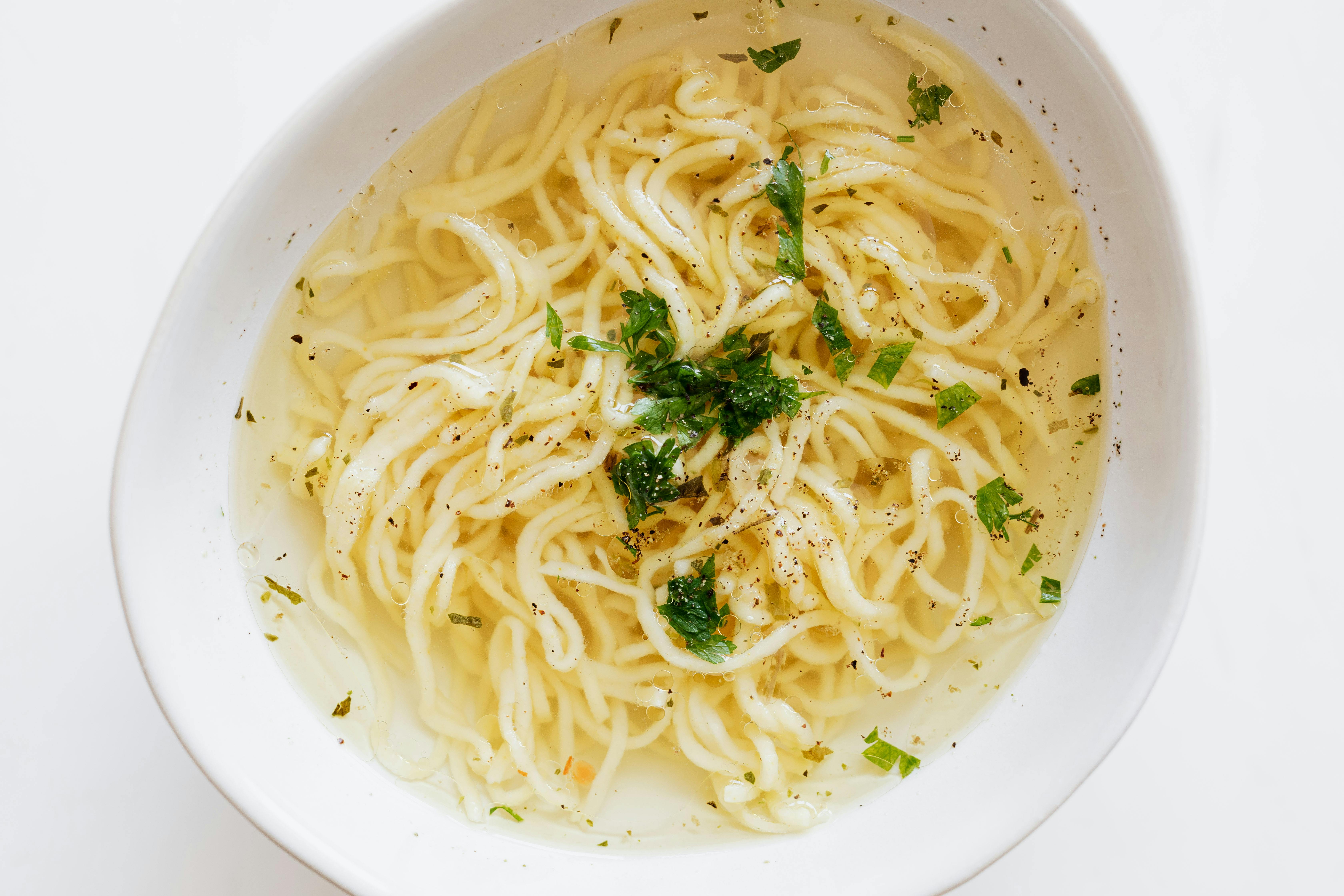Cooled boiled water and distilled water are two different types of water that have different properties. Cooled boiled water is created by boiling ordinary tap water and then allowing it to cool down, while distilled water is created by a process of distillation which removes all the impurities from the water. While both types of water are free from bacteria, viruses, and other contaminants, they have different compositions and uses.Distilled water is water that has been boiled and then condensed back into liquid form. This process removes all minerals and other impurities, resulting in pure, clean water. Distilled water is often used in medical and laboratory settings, as well as for the preparation of certain food items. It can also be used as a drinking water source for those who are concerned about the safety of their tap water.
How is Distilled Water Made?
Distilled water is made by a process called distillation. In this process, water is boiled to create steam, which is then cooled and condensed back into liquid form. The process removes any impurities that may be present in the water, such as minerals, bacteria and other microorganisms. The resulting distilled water has a much lower mineral content than regular tap water and does not contain any contaminants. Distillation also removes chlorine from the water, making it much safer to drink than regular tap water.
The process of distillation involves heating the water until it boils and turns into steam. The steam passes through a cooling tower or condenser where it is cooled back down to liquid form and collected in a separate container as distilled water. To ensure that all impurities are removed from the steam, an activated carbon filter can be used in the cooling tower or condenser. This filter will remove any remaining particles still present in the steam before it is condensed back into liquid form.
Another way to make distilled water is by using reverse osmosis (RO). This method involves passing the tap water through a semi
Is Distilled Water Safe to Drink?
Distilled water is a type of water that has been purified by a distillation process, which removes minerals and other contaminants. It’s commonly used for drinking, cooking, and medical purposes. Although distilled water is generally safe to drink, there are some potential risks associated with drinking it.
The most common concern with drinking distilled water is that it can be low in essential minerals, such as calcium and magnesium. When these minerals are removed from the water, it can lead to mineral deficiencies in the body. Additionally, some studies have suggested that consuming distilled water may lead to an increased risk of developing certain health conditions, such as osteoporosis and heart disease.
That said, distilled water does have some advantages over other types of drinking water. It has a longer shelf life than many other types of bottled water because it doesn’t contain any dissolved solids or minerals that could cause bacteria or algae growth. Additionally, many people prefer its taste over other types of drinking water.
In general, distilled water is considered safe to drink for most people. However, if you’re concerned about your mineral intake or your risk
What is Cooled Boiled Water?
Cooled boiled water is simply water that has been boiled and then allowed to cool down. Boiling water kills any bacteria, viruses, or other microorganisms that may be present in the water. It also removes any sediment, dirt, or other impurities that may be present in the water. After boiling the water, it must be cooled down before it can be consumed safely. Cooling boiled water ensures that it does not cause scalding or burns when consumed or used for other purposes.
Cooled boiled water can be used for many different purposes including drinking, cooking, cleaning, and bathing. It is important to use cooled boiled water when preparing food in order to prevent food poisoning or contamination from bacteria and other microorganisms. When using cooled boiled water for drinking or cooking purposes, ensure that it has been cooled down completely before consumption or use for cooking.
Cooled boiled water can also be used for cleaning surfaces and objects around the home as well as for washing dishes and clothing items. It is important to note that even though cooled boiled water has been sterilized by boiling, it still contains
The Benefits of Drinking Cooled Boiled Water
Drinking cooled boiled water has many health benefits. Boiling water kills any bacteria, viruses, or parasites that may be present in the water, making it safe to drink. Boiling also removes chemicals and impurities from the water that can cause adverse health effects. After boiling, the water should be cooled down before consumption.
Cooled boiled water is free of contaminants and can help improve hydration levels. It is easier to consume than cold tap water because it is not as refreshing and does not require ice cubes. Additionally, cooled boiled water does not contain any additives or preservatives that are sometimes found in bottled beverages.
Cooled boiled water can provide relief from digestive issues like bloating and indigestion. By removing contaminants from tap water, it helps to reduce stomach irritations caused by bacteria and other contaminants. Furthermore, drinking cooled boiled water can help to flush out toxins from the body more quickly than plain tap water.
Cooled boiled water also helps to maintain a healthy body temperature during hot days as it is less likely to cause dehydration than cold tap water. The body needs additional fluids during

Cooled Boiled Water vs. Distilled Water
Cooled boiled water and distilled water are both used for different purposes. Cooled boiled water is created by boiling regular tap or filtered water and allowing it to cool before use. This method is most commonly used to purify drinking water in places where access to clean drinking water is limited. The boiling process removes bacteria and other impurities from the water. Distilled water is created by a process of distillation, which removes impurities and minerals from regular tap or filtered water through evaporation and condensation.
The main difference between cooled boiled water and distilled water lies in the level of purity. Cooled boiled water can reduce the presence of some bacteria, but does not remove minerals or dissolved solids from the water. Distilled water, however, will remove all contaminants, including minerals and dissolved solids, making it much purer than cooled boiled water.
The other main difference between cooled boiled water and distilled is that cooled boiled water will retain some of the mineral content in the original source of tap or filtered water, whereas distilled water will not contain any mineral content at all. This can be beneficial for those who
Distilled and Cooled Boiled Water
Distilled and cooled boiled water are both forms of purified water. Distilled water is created by boiling the water, collecting the steam, then cooling it back down to a liquid again. Cooled boiled water is created by boiling the water and then allowing it to cool naturally. Both types of purified water are free of minerals and other contaminants, but there are some differences between them.
The primary difference between distilled and cooled boiled water is in the composition of minerals. Distilled water has very low mineral content, while cooled boiled water has more minerals than distilled due to evaporation during cooling. This can influence the taste of the two types of purified water as well as their health benefits.
Another difference between distilled and cooled boiled water is in their potential uses. Distilled water is often used for medical purposes or for industrial processes that require pure, mineral-free liquid. Cooled boiled water can be used for drinking or cooking but may contain trace amounts of minerals that could affect flavor or health benefits.
Finally, distillation requires more energy and time than boiling does so it
Does One Have More Minerals Than the Other?
Minerals are naturally occurring elements found in rocks, soil, and water. They are essential for healthy living and play an important role in many biological processes. Different foods contain different amounts of minerals, making it important to understand which food has more minerals than the other.
When comparing two different types of food, the one with more minerals will usually have a higher mineral content than the other. It is important to understand that minerals are essential for human health and should be considered when selecting foods. The amount of minerals present in a food can vary widely depending on its source, processing methods, and other factors.
For example, fruits and vegetables tend to have higher concentrations of certain minerals than processed foods or animal products. Whole grains may also be a better source of certain minerals when compared to refined grains such as white flour or white rice. In addition, organic produce tends to have higher concentrations of certain minerals than conventionally grown produce because fertilizers used in conventional farming can diminish the mineral content in the soil over time.
It is also important to note that some people may require more or less of certain minerals

Conclusion
Cooled boiled water and distilled water are not the same. Boiling water causes some impurities to be removed, but it does not remove all of them. Distilled water is purer than boiled water because it has been purified through a process called distillation. Boiled water may still contain some minerals and dissolved solids, while distilled water does not. Both have their uses, so it’s important to understand the differences between them before deciding which one is best for your needs.
In summary, cooled boiled water and distilled water are similar in some ways but different in others. They both can be used for different purposes, but understanding the differences between them is important in making an informed decision about which one is most suitable for your specific needs.

